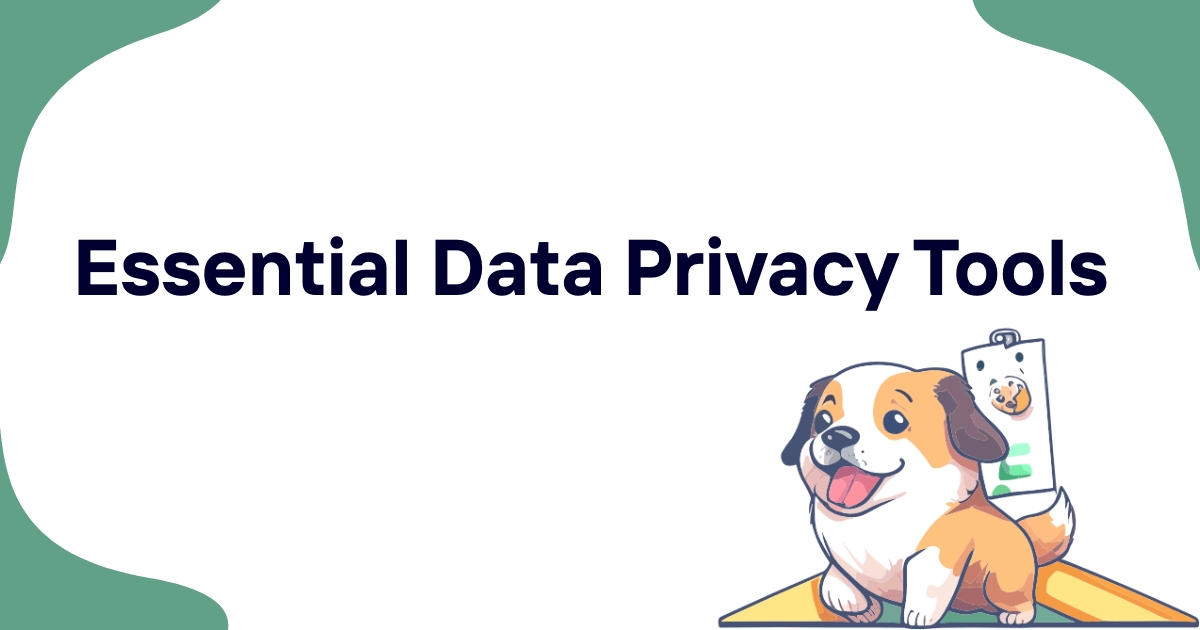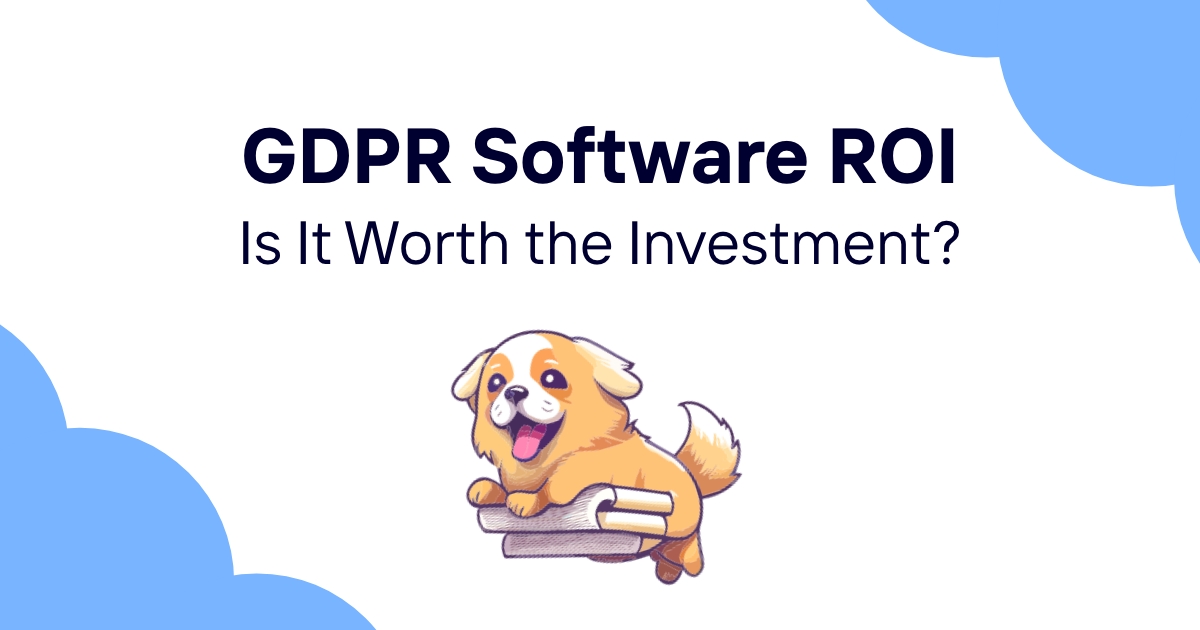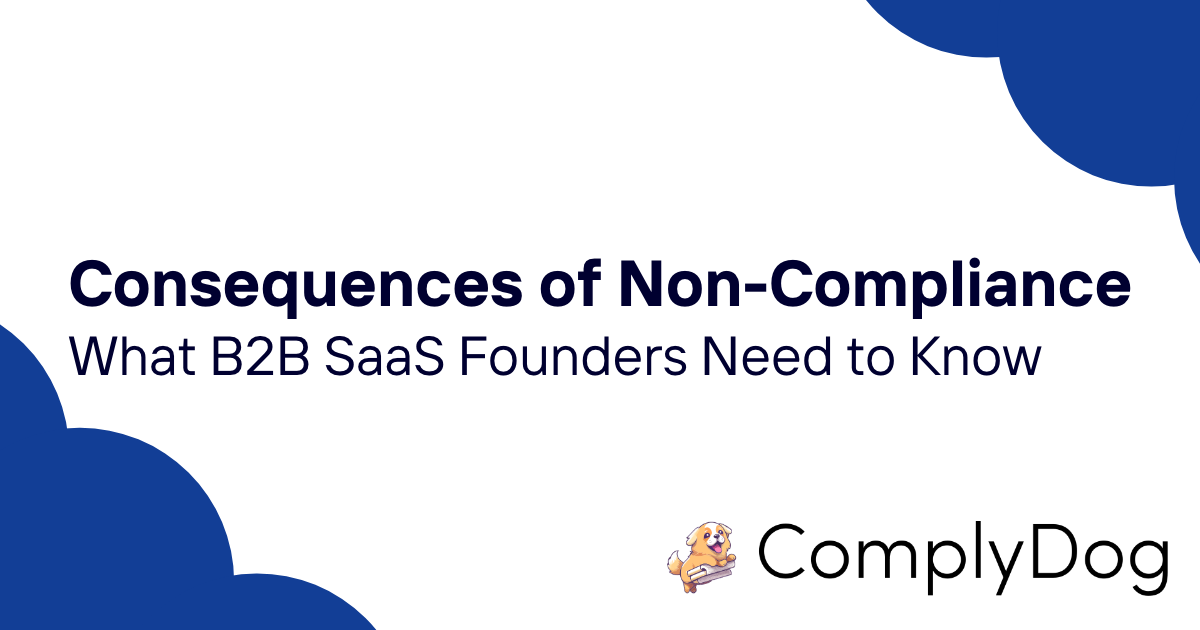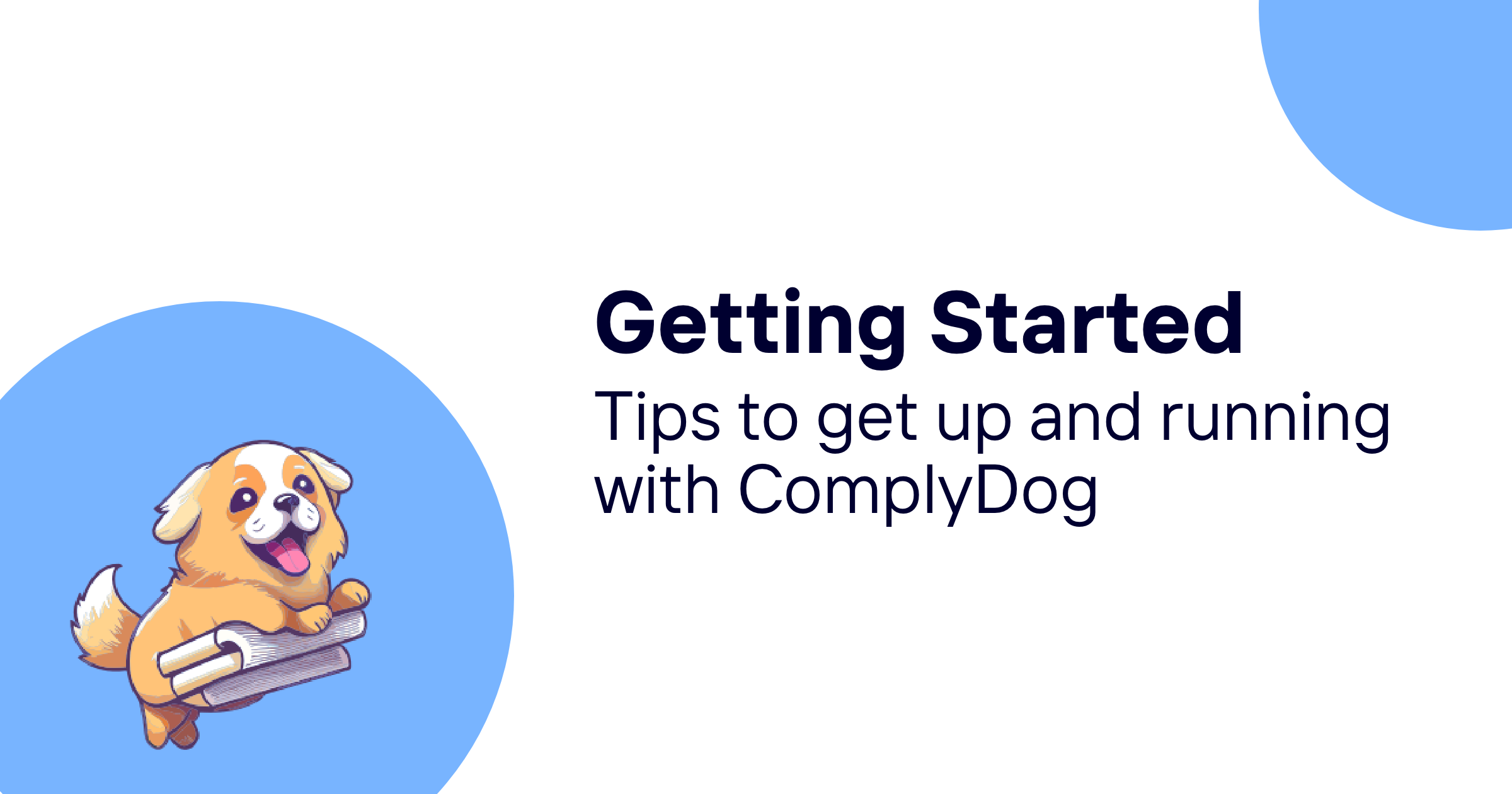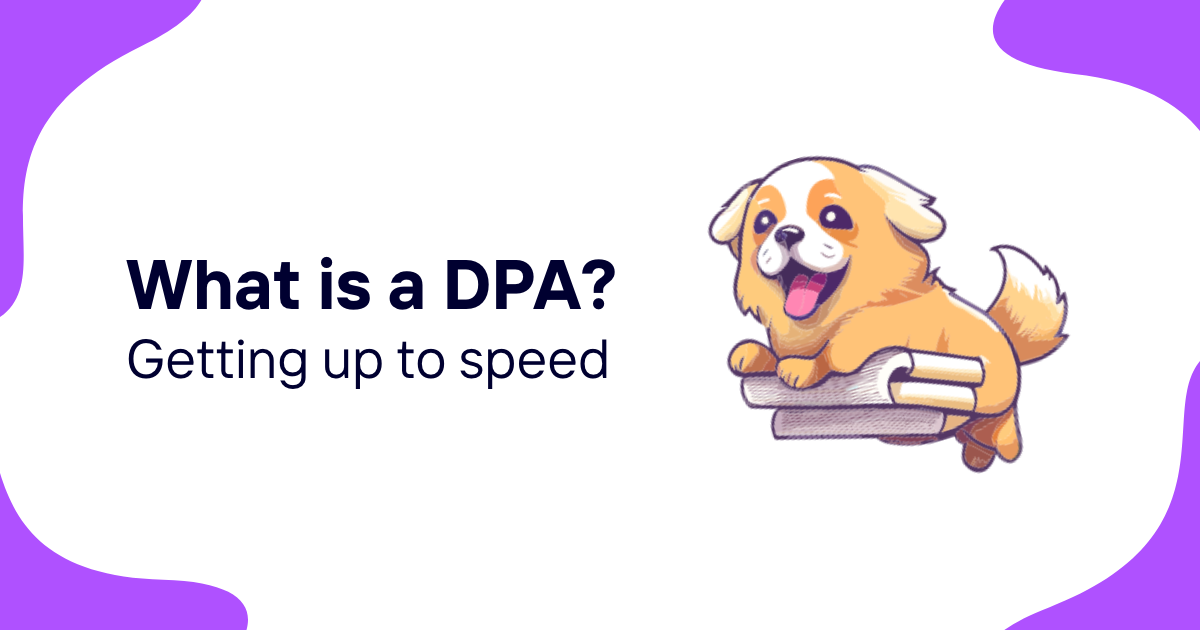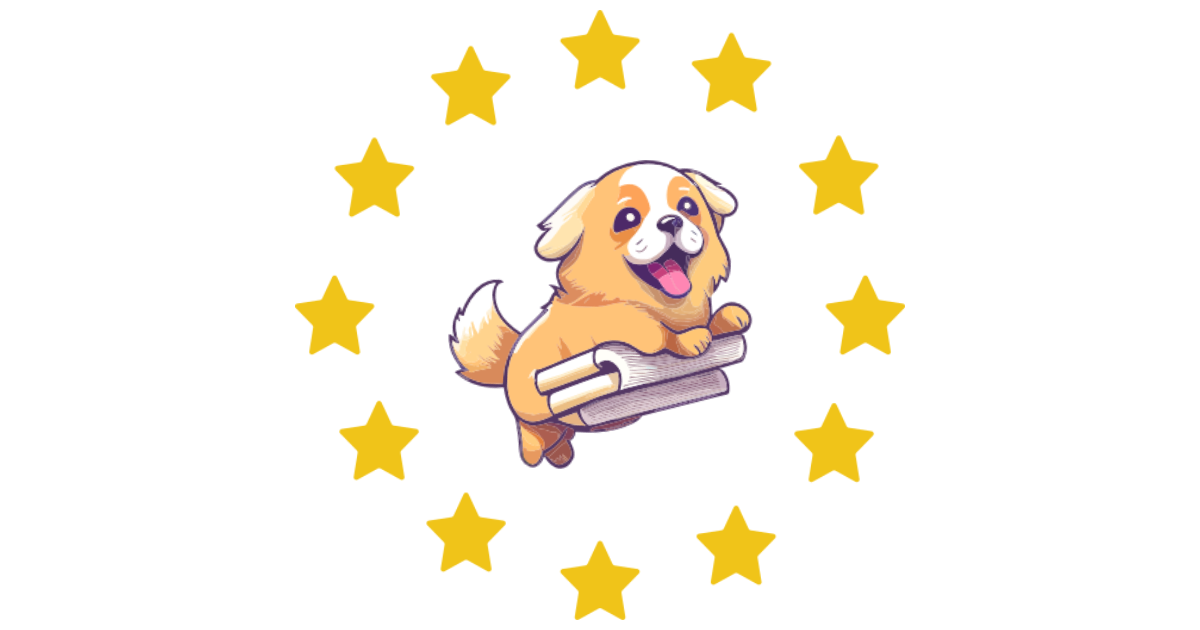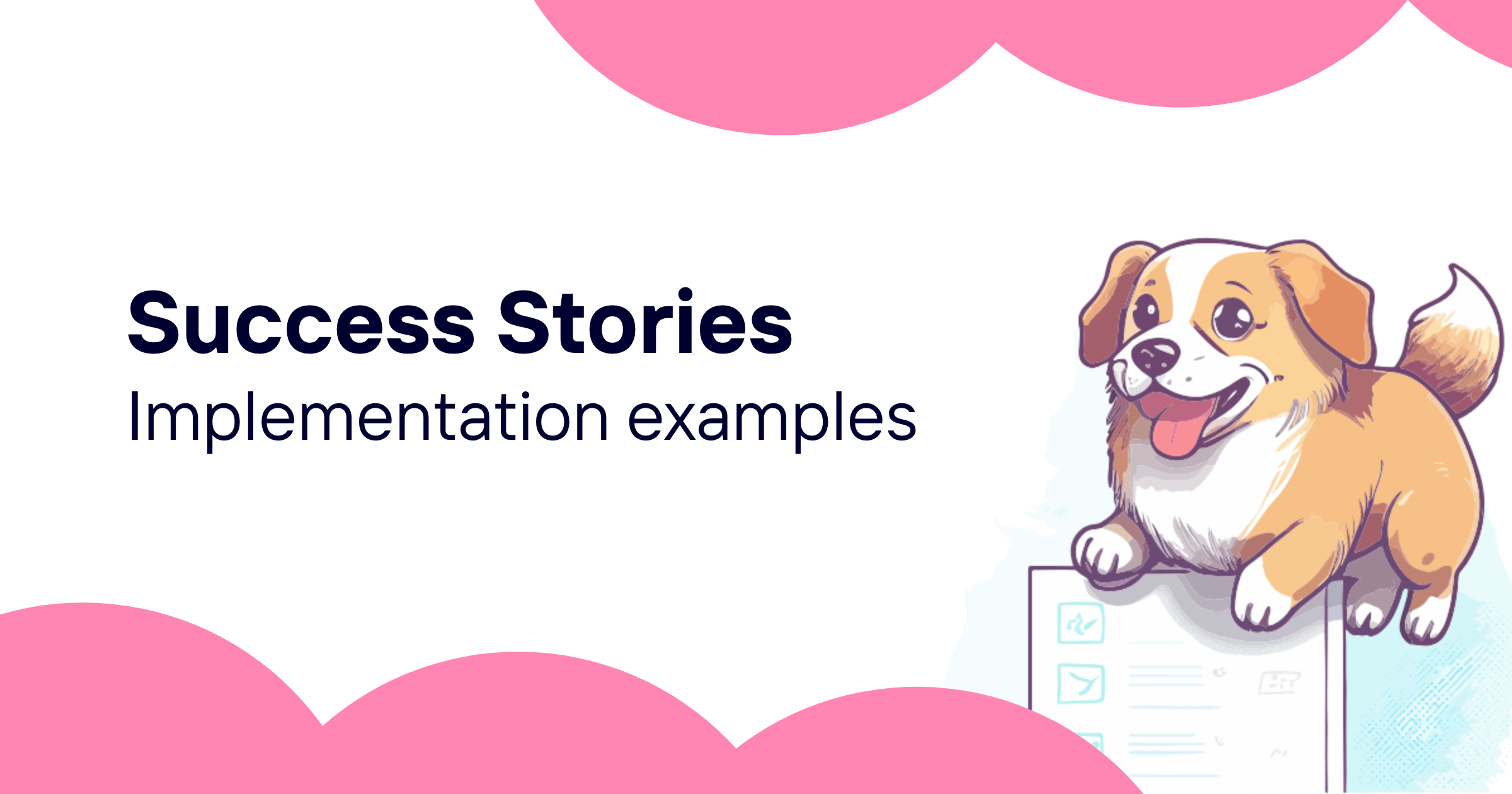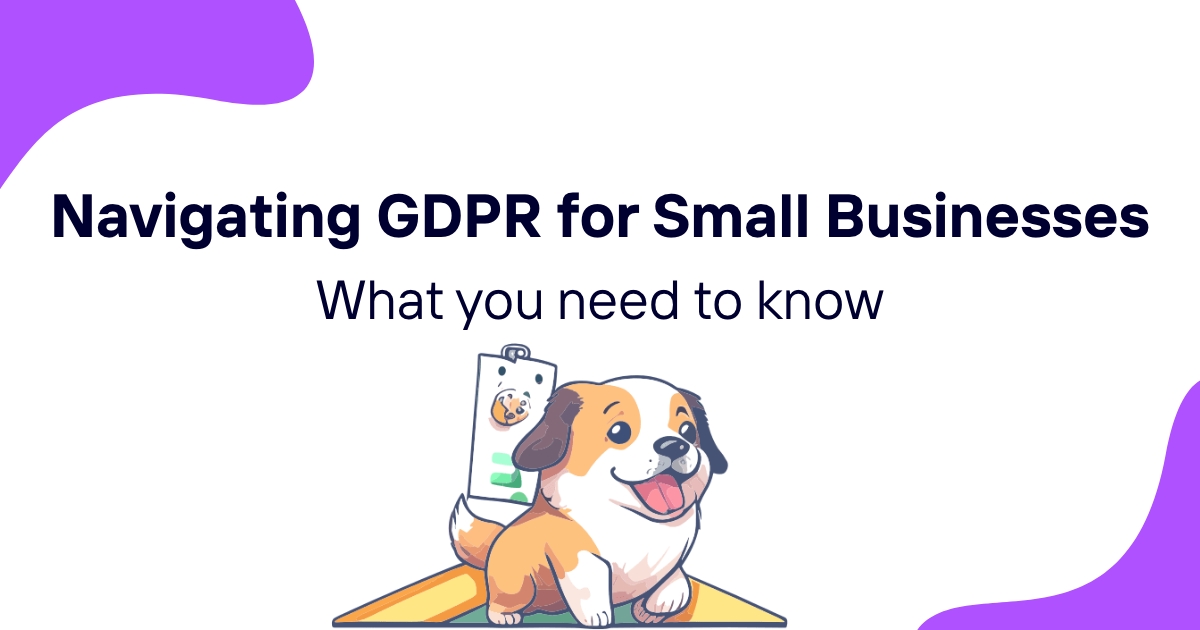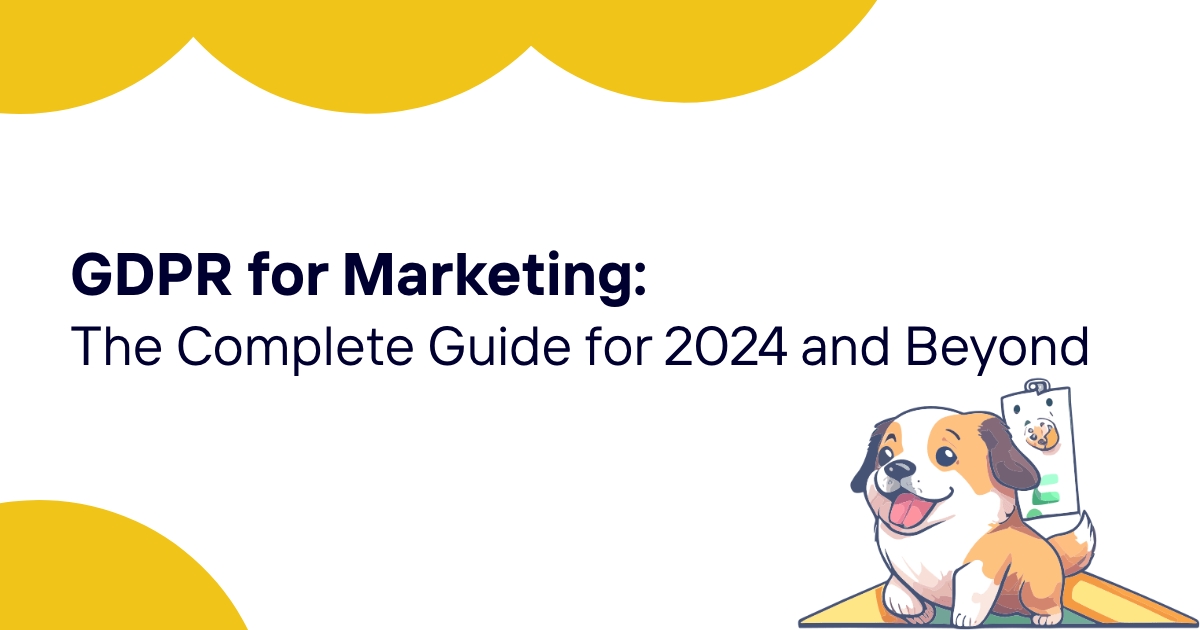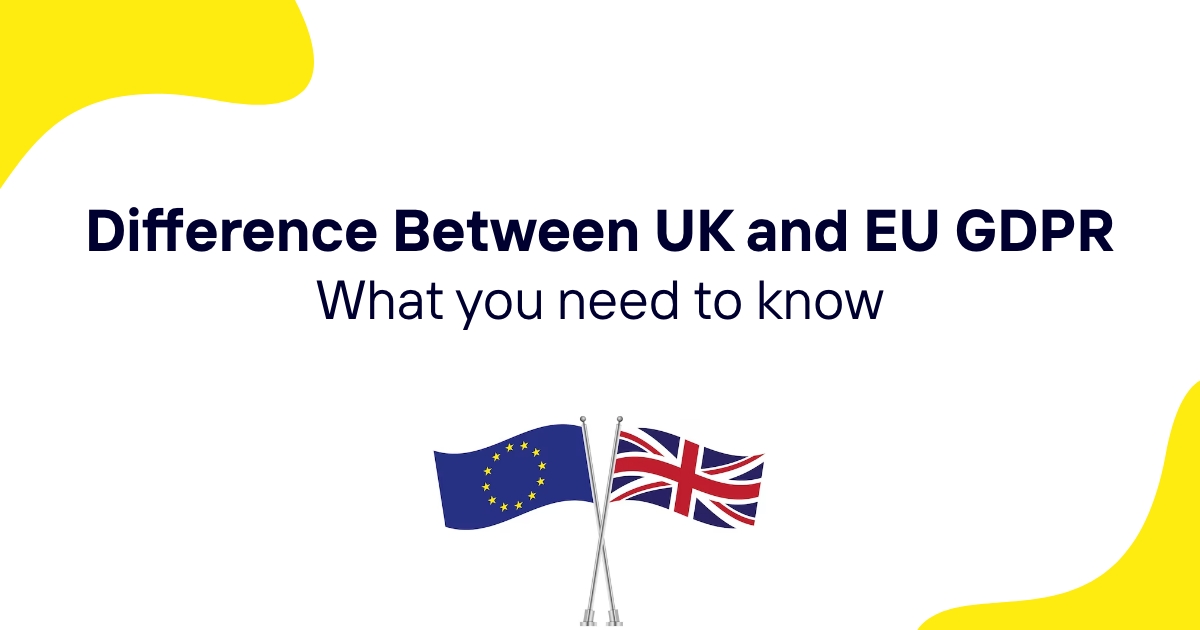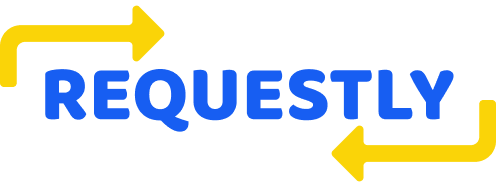In an age where data breaches and privacy concerns dominate headlines, organizations across industries are scrambling to protect sensitive information and maintain compliance with ever-evolving regulations. The rise of generative AI and large language models (LLMs) has further complicated the data privacy landscape, introducing new risks and challenges.
To address these pressing issues, a new generation of data privacy tools has emerged, offering powerful solutions for safeguarding personal information, streamlining compliance efforts, and mitigating the risks associated with AI-driven technologies. This comprehensive guide explores the top data privacy tools available in 2024, providing insights into their key features, strengths, and potential limitations.
Table of Contents
- Understanding the Need for Data Privacy Tools
- Key Features of Modern Data Privacy Solutions
-
Top Data Privacy Tools for 2024
- Granica: AI-Powered Data Protection at Scale
- Nightfall AI: Cloud-Native Data Loss Prevention
- Private AI: On-Premises Data Discovery and Masking
- Cyera: Comprehensive Cloud Data Security
- TrustArc: Regulatory Compliance Made Simple
- Normalyze: Agentless Cloud Data Scanning
- Arthur AI: AI Observability and Monitoring
- Robust Intelligence: AI Security and Validation
- MineOS: AI-Driven Data Governance
- Securiti AI: Comprehensive AI Security Suite
- PrivacyEngine: Cloud-Based Privacy Management
- DataGrail: Real-Time Data Mapping and DSR Management
- Choosing the Right Data Privacy Tool for Your Organization
- Implementing Data Privacy Best Practices
- The Future of Data Privacy: Trends and Predictions
- Conclusion: Embracing a Privacy-First Approach
Understanding the Need for Data Privacy Tools
The digital landscape is fraught with potential privacy pitfalls. From high-profile data breaches to the challenges posed by AI and machine learning, organizations face an ever-growing list of threats to sensitive information. Moreover, the regulatory environment continues to evolve, with laws like GDPR, CCPA, and others imposing strict requirements on how companies handle personal data.
Data privacy tools have become essential for several reasons:
- Compliance: Automated solutions help organizations meet complex regulatory requirements more efficiently.
- Risk Mitigation: By identifying and protecting sensitive data, these tools reduce the likelihood and impact of data breaches.
- AI Safety: As AI adoption grows, specialized tools are needed to manage the unique privacy risks associated with these technologies.
- Operational Efficiency: Automating privacy-related tasks frees up resources and reduces the potential for human error.
- Trust Building: Demonstrating a commitment to data privacy can enhance customer trust and brand reputation.
Key Features of Modern Data Privacy Solutions
Today's data privacy tools offer a wide range of capabilities designed to address various aspects of information security and compliance. Some of the most important features include:
- Sensitive Data Discovery: Automatically identify and classify sensitive information across diverse data stores.
- Data Masking and Encryption: Protect personal data through anonymization, pseudonymization, or encryption techniques.
- Access Control and Governance: Implement and enforce least-privilege access policies to sensitive information.
- Data Loss Prevention (DLP): Prevent unauthorized data transfers and detect potential insider threats.
- AI and Machine Learning Protection: Safeguard AI training data and monitor model inputs/outputs for privacy risks.
- Compliance Automation: Streamline regulatory compliance processes, including data subject requests (DSRs) and consent management.
- Risk Assessment and Remediation: Identify vulnerabilities, prioritize issues, and guide remediation efforts.
- Breach Management: Analyze the impact of data breaches and facilitate rapid response.
- Third-Party Risk Management: Assess and monitor the privacy practices of vendors and partners.
Top Data Privacy Tools for 2024
Let's explore some of the leading data privacy solutions available today, each offering unique strengths to address various organizational needs.
Granica: AI-Powered Data Protection at Scale
Granica stands out as a powerful AI infrastructure platform designed for building safe, effective, and cost-efficient AI systems. Its key offerings include:
- Granica Screen: Provides real-time sensitive data discovery, classification, and masking for both data lakes and LLM prompts.
- Granica Chronicle AI: Offers training data visibility for data lake exploration and cost optimization.
- Granica Crunch: Focuses on cloud cost optimization through data lake compression.
Strengths:
- High-efficiency, ML-powered scanning algorithms reduce compute requirements and security risks.
- Optimized for large-scale, unstructured data in AWS and Google Cloud data lakes.
- Real-time performance suitable for protecting end-user LLM prompts.
Considerations:
- The platform is technical and primarily CLI/API-oriented, with a limited GUI.
Nightfall AI: Cloud-Native Data Loss Prevention
Nightfall AI offers a comprehensive data leak prevention platform for SaaS, generative AI, email, and endpoints. Key features include:
- Sensitive data discovery and classification
- Automatic data encryption
- Data loss prevention (DLP)
- SaaS data privacy posture management
Strengths:
- User-friendly interface and straightforward configuration
- Excellent customer support and sales experience
Considerations:
- Some users report noisy notifications and occasional slowdowns in detection services
Private AI: On-Premises Data Discovery and Masking
Private AI specializes in on-premises data privacy solutions, offering:
- Data discovery across 10+ file types
- Data masking and anonymization
- PrivateGPT technology for LLM de-identification
Strengths:
- Highly accurate data detection capabilities
- User-friendly interface
Considerations:
- High compute requirements may increase operational costs
- Data sampling approach may raise security concerns
Cyera: Comprehensive Cloud Data Security
Cyera provides a cloud-native data security platform for IaaS, PaaS, and SaaS environments, featuring:
- Sensitive data discovery and classification
- Data security posture management
- Data access governance
- Data visibility across cloud environments
Strengths:
- Comprehensive and granular data visibility
- Highly accurate data matching and identification
Considerations:
- Limited customization options for UI and reporting
- Some users desire more extensive dashboard capabilities
TrustArc: Regulatory Compliance Made Simple
TrustArc focuses on simplifying data privacy management for regulatory compliance, offering:
- Consent and consumer rights management
- Automated data privacy governance
- Third-party privacy assessments and certifications
Strengths:
- User-friendly interface
- Lightweight networking and compute requirements
Considerations:
- Automation capabilities could be more unified
- Some users desire more extensive reporting features
Normalyze: Agentless Cloud Data Scanning
Normalyze provides agentless data scanning for AI/ML in cloud environments, with features including:
- Data discovery and analysis
- Vulnerability and risk prevention
- Real-time data privacy visualizations
Strengths:
- User-friendly interface (post-implementation)
- Real-time visualizations of cloud resources and data stores
Considerations:
- Initial implementation can be challenging
- Pricing may be a concern for some organizations
Arthur AI: AI Observability and Monitoring
Arthur AI offers a suite of AI observability tools, including:
- LLM evaluation and budgeting
- AI firewall for prompt and response validation
- ML monitoring and optimization
Strengths:
- Reliable AI observability functionality
- Integrated LLM firewall for enhanced security
Considerations:
- As a newer platform, long-term performance and support are yet to be fully established
Robust Intelligence: AI Security and Validation
Robust Intelligence focuses on AI security, providing:
- AI firewall protection for production models
- Continuous validation of AI models and data
- Automated model vulnerability reports
Strengths:
- Comprehensive reporting and insights
- Simplifies audits and regulatory compliance
Considerations:
- Initial implementation may be challenging
- Some users desire more extensive documentation
MineOS: AI-Driven Data Governance
MineOS offers an AI-powered data governance platform with features such as:
- Data discovery and mapping
- Data classification
- DSR automation and consent management
- AI governance capabilities
Strengths:
- User-friendly and customizable interface
- Streamlined data privacy workflows
Considerations:
- Some limitations around automated integrations
- Initial setup may require additional support
Securiti AI: Comprehensive AI Security Suite
Securiti AI provides a wide range of AI security tools for hybrid and multi-cloud environments, including:
- AI security and governance
- Data privacy and consent automation
- Asset and data discovery
- Data security posture management
Strengths:
- Mature platform with user-friendly interface
- Easily extensible with configurable connectors
Considerations:
- Bug-fix cycle can be lengthy
- May face challenges with large, unstructured data stores
PrivacyEngine: Cloud-Based Privacy Management
PrivacyEngine offers a suite of data privacy management tools for cloud environments, featuring:
- DSR management
- Data retention policy management
- Data privacy risk management
- Data breach management and impact assessment
Strengths:
- User-friendly design
- Comprehensive risk library integrated across features
Considerations:
- Reporting may be too technical for non-technical stakeholders
- Some users desire more automated reminders and notifications
DataGrail: Real-Time Data Mapping and DSR Management
DataGrail specializes in data privacy management for hybrid and multi-cloud deployments, offering:
- Real-time data mapping
- Automatic DSR management
- Data privacy risk management
Strengths:
- Excellent customer service and support
- Easy integration with third-party tools
Considerations:
- Limited customization for consumer-facing elements (e.g., DSR forms)
- Lack of bulk configuration options for system reports
Choosing the Right Data Privacy Tool for Your Organization
Selecting the most appropriate data privacy solution requires careful consideration of your organization's specific needs, technical environment, and resources. Here are some key factors to consider:
-
Deployment Environment: Determine whether you need a solution for on-premises, cloud, or hybrid environments.
-
Scope of Protection: Assess which data stores and applications need coverage (e.g., databases, SaaS applications, AI/ML systems).
-
Regulatory Requirements: Ensure the tool can help you comply with relevant data protection laws and industry standards.
-
Scalability: Consider your current data volume and projected growth to ensure the solution can handle your needs.
-
Integration Capabilities: Evaluate how well the tool integrates with your existing security and IT infrastructure.
-
Ease of Use: Consider the technical expertise required to implement and manage the solution effectively.
-
Cost: Assess the total cost of ownership, including licensing, implementation, and ongoing maintenance.
-
Support and Training: Evaluate the vendor's support offerings and available training resources.
-
AI and Machine Learning Capabilities: If your organization uses AI technologies, ensure the tool can address related privacy concerns.
-
Reporting and Analytics: Consider the depth and customizability of reporting features for stakeholder communication and compliance documentation.
Implementing Data Privacy Best Practices
While data privacy tools are essential, they should be part of a broader privacy strategy. Consider these best practices:
-
Data Minimization: Collect and retain only the data necessary for your business purposes.
-
Privacy by Design: Incorporate privacy considerations into the development of new products, services, and processes from the outset.
-
Employee Training: Conduct regular privacy awareness training for all staff members.
-
Vendor Management: Implement a robust vendor assessment process to ensure third parties handle data responsibly.
-
Incident Response Planning: Develop and regularly test a data breach response plan.
-
Regular Audits: Conduct periodic privacy impact assessments and security audits.
-
Data Encryption: Implement strong encryption for data at rest and in transit.
-
Access Controls: Enforce the principle of least privilege for data access.
-
Documentation: Maintain detailed records of data processing activities and privacy policies.
-
Continuous Improvement: Regularly review and update your privacy practices to address emerging threats and regulatory changes.
The Future of Data Privacy: Trends and Predictions
As technology evolves and privacy regulations mature, we can expect several trends to shape the future of data privacy:
-
AI-Driven Privacy Solutions: Machine learning will play an increasingly important role in identifying and protecting sensitive data.
-
Privacy-Enhancing Technologies (PETs): Techniques like federated learning and homomorphic encryption will enable data analysis while preserving privacy.
-
Decentralized Identity: Blockchain-based identity solutions may offer users more control over their personal information.
-
Global Privacy Regulations: We'll likely see more countries adopting comprehensive data protection laws, potentially leading to greater harmonization of global privacy standards.
-
Privacy as a Competitive Advantage: Organizations that prioritize data privacy will increasingly use it as a differentiator in the market.
-
Edge Computing for Privacy: Processing data closer to its source can help minimize privacy risks associated with data transfer and centralized storage.
-
Quantum-Resistant Encryption: As quantum computing advances, new encryption methods will be needed to protect sensitive data.
-
Automated Compliance: AI-powered tools will streamline compliance processes, making it easier for organizations to adapt to regulatory changes.
-
Increased Focus on AI Ethics: As AI becomes more prevalent, there will be greater scrutiny of the ethical implications of AI-driven decision-making.
-
Privacy-First Design: Privacy considerations will become a fundamental aspect of product and service design across industries.
Conclusion: Embracing a Privacy-First Approach
In an era of increasing digital interconnectedness and data-driven innovation, protecting personal information has never been more critical. The data privacy tools explored in this guide offer powerful solutions to help organizations navigate the complex landscape of information security and regulatory compliance.
By implementing robust privacy measures and leveraging cutting-edge technologies, businesses can not only mitigate risks but also build trust with customers and stakeholders. As we look to the future, organizations that embrace a privacy-first approach will be better positioned to thrive in an increasingly data-centric world.
Remember that data privacy is an ongoing journey, not a destination. Stay informed about emerging threats and regulatory changes, and be prepared to adapt your privacy strategy accordingly. With the right tools, practices, and mindset, you can turn data privacy from a compliance burden into a strategic advantage for your organization. When it comes to anything GDPR related, ComplyDog has you covered. Offering a robust GDPR trust portal, a compliant cookie banner and a seamless DPA signing solution for your customers.
